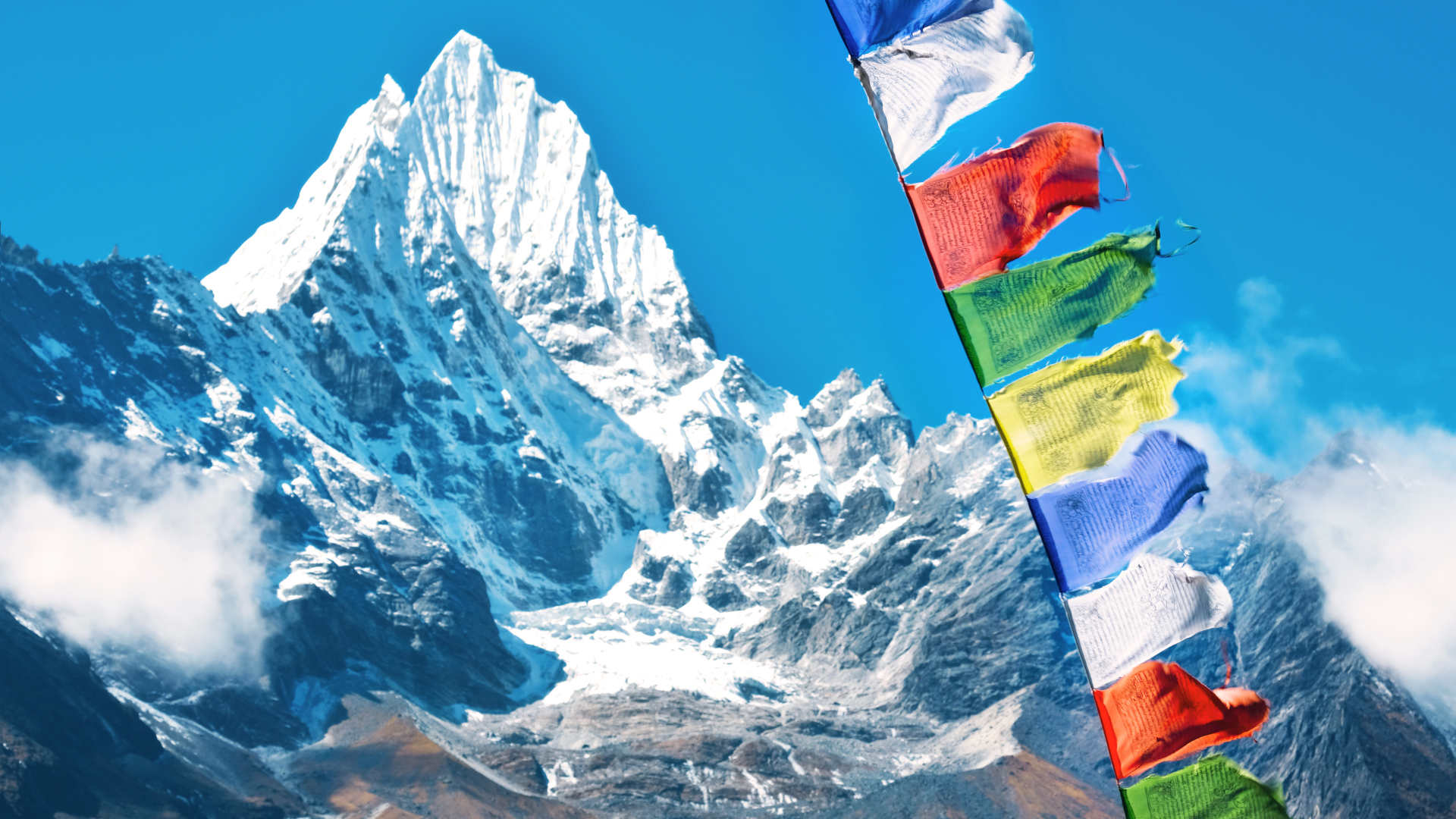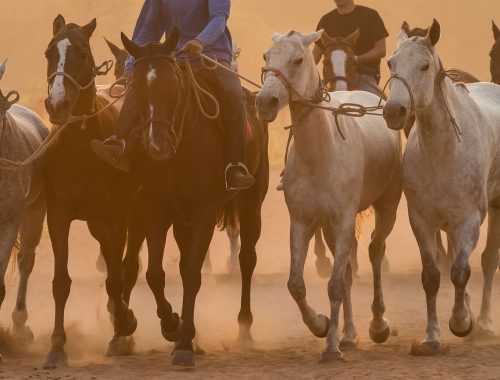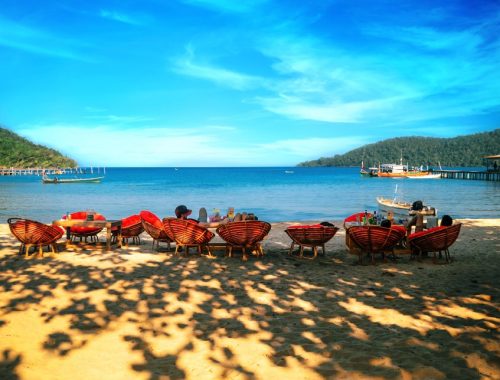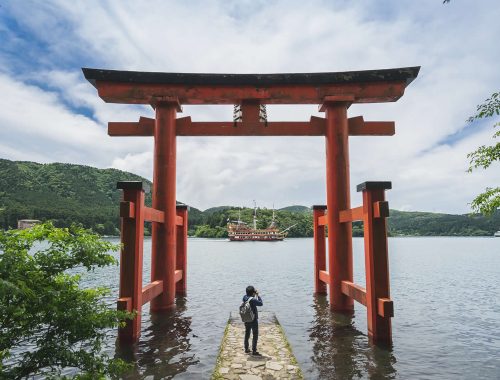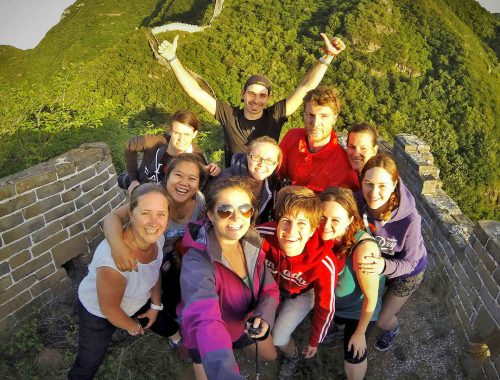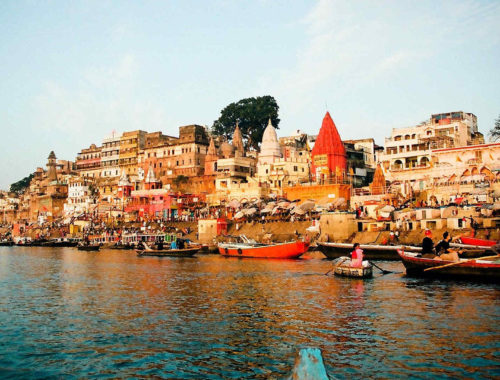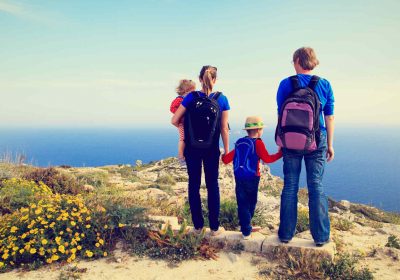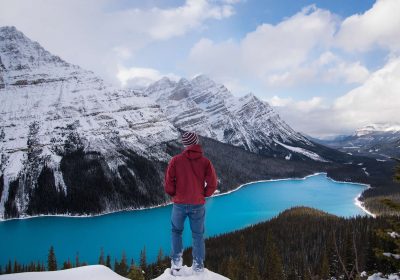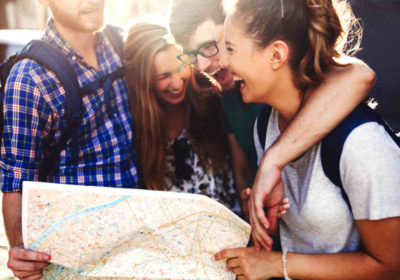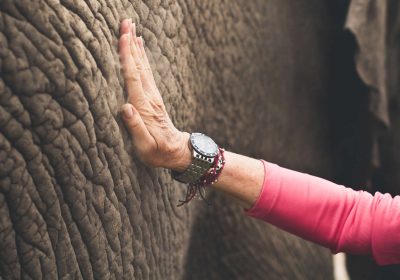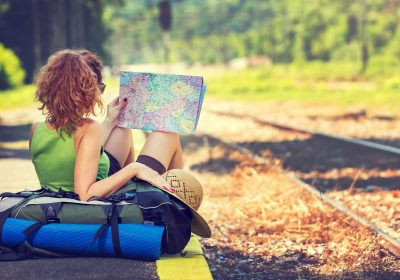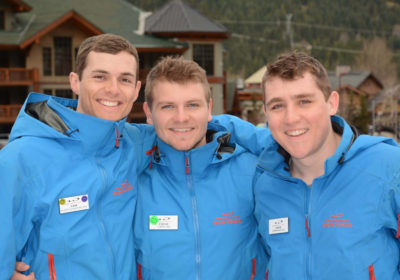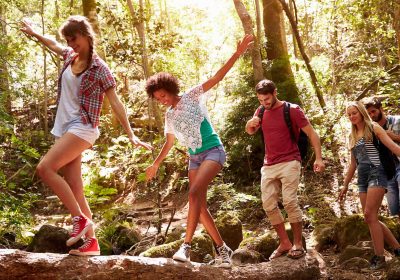Taking an adventure travel trip is perfect for people looking for something different. Whether you are on a gap year, taking a career break or simply looking for a holiday with a difference, adventure travel can fit easily into your plans. Adventure travel is about challenging yourself, having fun and embracing the world of opportunities…. so what are you waiting for?
Adventure travel can be active, but it can be relaxed too. For those of you looking to put your body to the test, join a trekking holiday in Nepal, learn to surf in Australia or simply enjoy some of the more daring opportunities on our tours of South East Asia. If you are looking for cultural adventure, you can get involved in one of our varied adventure tours around China, Japan, Thailand or Laos. All tours include exploring, relaxing, culture and community, allowing you to live a real local experience.
We are really excited that intrepid families are increasingly looking for family adventure holidays. Volunteer vacations are perfect for kids of any age and are a great way for families to test themselves and support each other, all the while creating life long memories. Whether you choose to protect turtles in rural Costa Rica or care for monkeys in the bush of South Africa, the adventure begins with the research!
There are lots of tour operators that offer adventure travel holidays. With Oyster you can be sure that you will get the same care and attention on a tour holiday as you would on any of our gap year, responsible travel and career break projects.
